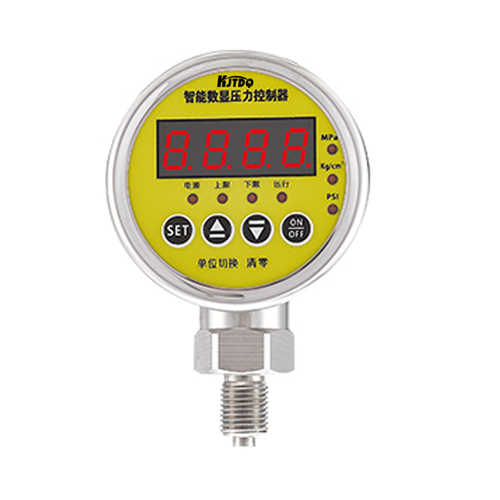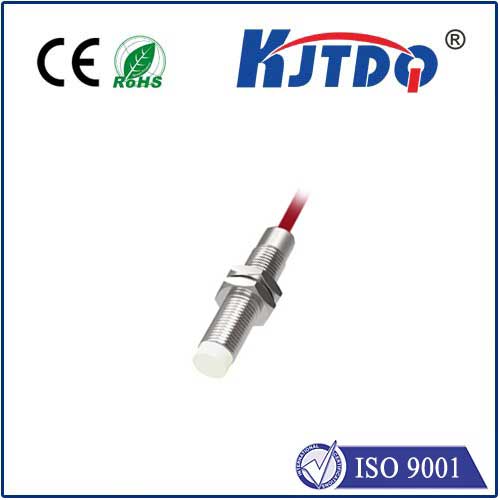

check

check

check

check

check

check

check

check

check

check
Understanding the Importance of a Flame Limit Switch
A flame limit switch is an essential safety device that ensures the proper operation of heating systems, boilers, and other combustion equipment. Its primary function is to monitor the presence of flame in these devices and shut them down automatically if the flame goes out, preventing potential hazards such as gas leaks or explosions. In this article, we will delve deeper into the significance of a flame limit switch and why it should be considered an integral component of any heating system.
The Basics of a Flame Limit Switch
A flame limit switch, also known as a flame failure sensor or flame detector, is a safety mechanism that uses a light-sensitive sensor to detect the presence of a flame. When the sensor detects a flame, it sends an electrical signal to the control system, which maintains normal operation of the combustion equipment. If the flame goes out, the switch interrupts the electrical signal, causing the control system to shut down the equipment immediately.
Why is a Flame Limit Switch Crucial?
The importance of a flame limit switch cannot be overstated, especially when it comes to ensuring the safety of people and property. Here are some reasons why a flame limit switch is crucial:
1. Prevention of Gas Leaks: A flame limit switch helps prevent gas leaks by shutting down the equipment if the flame goes out. This is particularly important because gas leaks can lead to fires, explosions, and health hazards due to carbon monoxide poisoning.
2. Compliance with Safety Regulations: Many countries have strict regulations regarding the installation and maintenance of heating systems and other combustion equipment. A flame limit switch is often required by law as part of these safety regulations, ensuring that businesses and homeowners comply with local and national codes.
3. Protection Against Fire Hazards: The absence of a flame limit switch can increase the risk of fire hazards. If the flame goes out, the equipment may continue to operate without proper combustion, leading to the accumulation of flammable gases and ultimately causing a fire.
4. Energy Efficiency: A flame limit switch promotes energy efficiency by preventing unnecessary fuel consumption. When the flame goes out, the equipment shuts down immediately, preventing the wasteful use of fuel and reducing energy costs.
5. Maintenance and Troubleshooting: A flame limit switch provides valuable information about the performance of heating systems and other combustion equipment. By monitoring the presence of flame, it helps identify potential issues with the equipment, allowing for timely maintenance and troubleshooting before problems escalate.
Conclusion
In conclusion, a flame limit switch is an essential safety device that plays a critical role in protecting people and property from potential hazards associated with heating systems and other combustion equipment. By monitoring the presence of flame and shutting down the equipment automatically if the flame goes out, a flame limit switch helps prevent gas leaks, fire hazards, and ensures compliance with safety regulations. As such, it should be considered an integral component of any heating system or combustion equipment installed in homes, businesses, and industrial settings.









